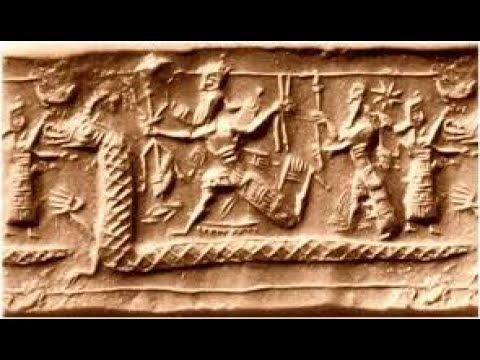What do you think?
Rate this book


156 pages, Paperback
First published January 1, 1801







"Evrenin, dünyanın, kozmik bölgelerin ve insanın yaratılışı, ardından da tüm bunları yaratan Bâbil tanrısı Marduk’un diğer tanrılar tarafından zikredilişini içeren bu destan, Gılgamış Destanı ve Bâbil Hemeroloji Serisi’nden sonra en iyi bilinen Mezopotamya eserleri arasında yer alır. Bu destan okullarda, tapınaklarda, yılın belli günlerinde belli ayinlerde okutulan kutsal bir kitap, edebi bir yapıt aynı zamanda da bir kültür hazinesi olarak Bâbil’de, Bâbil Devleti’nin Tanrı Marduk’u temel alan dini, kültürel ve siyasi mirası sayesinde de tüm Mezopotamya’da büyük saygı görmüştür."